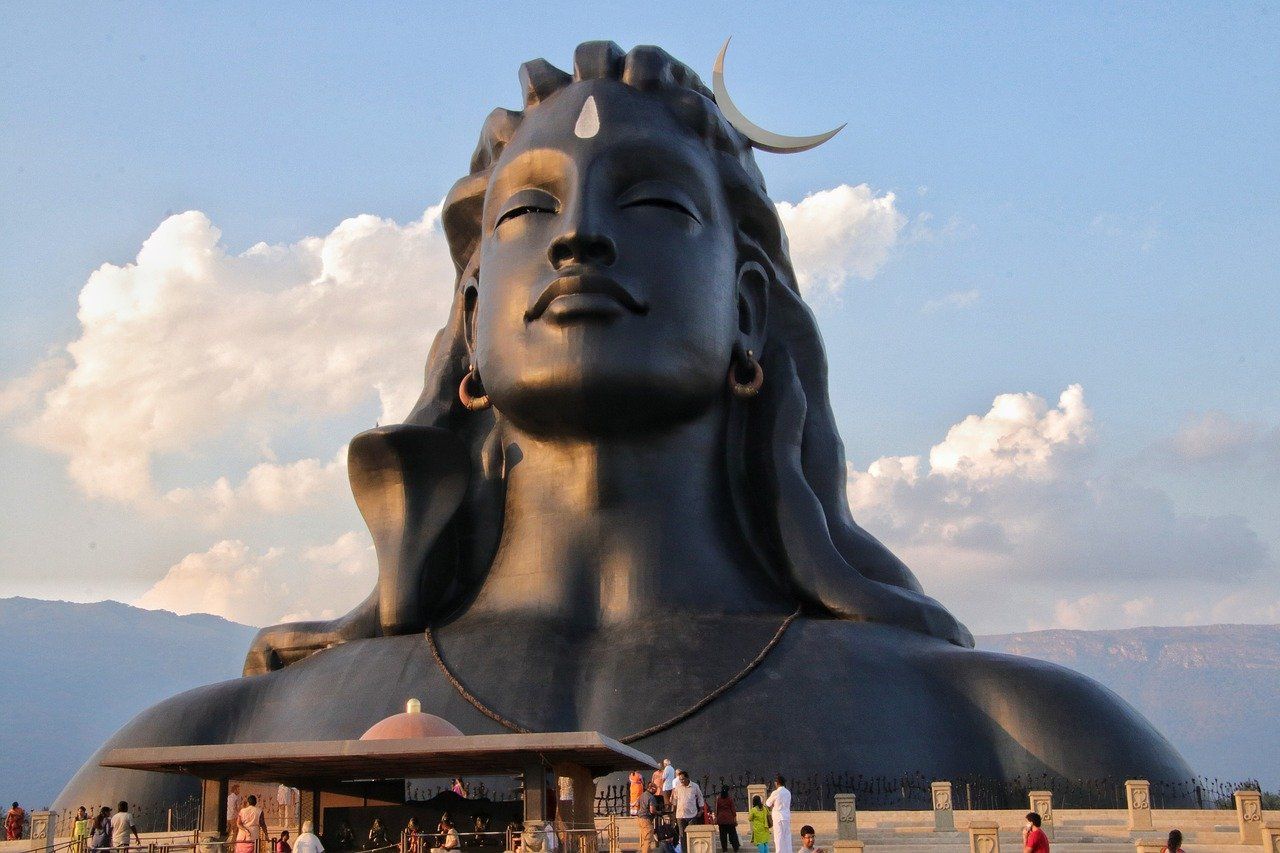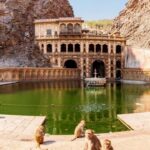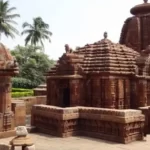10 Most Famous Shiva Temples In India-
Kashmir’s Amarnath Temple
The pilgrimage to Amarnath, one of India’s most well-known Shiva temples, is incredibly challenging but highly sought after by Shiva enthusiasts. The Amarnath Yatra is a well-known and revered religious journey that pilgrims undergo to worship the Lord. It is located at a massive height of 3888m in a cave in Jammu and Kashmir. The temple is well-known for its yearly, naturally occurring ice Linga of Lord Shiva.
Kedarnath, Uttarakhand
One of the 12 Jyotirlingas has its home in Kedarnath, which is also home to a highly well-known Shiva temple in India. While beginning their Chota Char Dham or Char Dham Yatra of Uttarakhand, pilgrims stop by this beautiful temple, which is tucked away in the Garhwal Himalayan Range. They also visit Badrinath, Gangothri, and Yamunotri in addition to this sacred shrine of Lord Shiva. Due to its great elevation, the temple cannot be reached by regular routes; instead, pilgrims must go 22 kilometers upward from Gaurikund.
Uttar Pradesh’s Kashi Vishwanath
It is a prevalent belief that passing away in Kashi frees you from all subsequent reincarnations and enables your soul to achieve Moksha because Lord Vishwanath is the refuge for all fervent Shiva followers. India’s most well-known Shiva temple, Kashi Vishwanath Temple, is found in the holy city of Varanasi and receives a lot of pilgrimage from all over the world. You can go to this temple during Maha Shivratri 2020 when it will be exquisitely decked and will be grandly commemorating this significant Shaivaite holiday.
Gujarat’s Somnath Temple
One of the most well-known temples in India is the Somnath Shiva temple, which is situated in Gujarat. It is a significant Shiva temple in India and is regarded as the first Jyotirling temple ever constructed in the nation. The temple underwent multiple reconstructions as a result of frequent invasions by various Muslim tyrants; the most recent was finished in 1951 and was built in the Chalukya architectural style. The Banasthamba, also known as the arrow pillar, which is built into one of the temple walls, is a significant feature. Another reason why travellers frequently swarm this temple is the expansive view of the sea and the big temple.
Tamil Nadu’s Brihadeswara Temple
The Brihadeeshwara Temple at Tanjore, Tamil Nadu, which is situated on the banks of the river Kaveri, is a magnificent architectural wonder of the Dravidian era. The well-known ruler Raja Raja Chola built this Shiva temple, one of India’s finest, between 1001 and 1010 AD. The massive granite vimana tower that was built above the sanctum of the temple and designated a UNESCO World Heritage Site is the largest structure in all of South India. The temple is renowned for having one of India’s largest Shiv Lingas, Nandi, and a sizable prakhara (corridor). This temple is the most impressive of all the temples and monuments built during the Chola Dynasty.
Sri Kalahasthi, Andhra Pradesh
This temple is one of the nation’s Panch Bhuta Sthalas and is where Lord Shiva is worshipped as Kalahasteeshwara. After finishing their reverent journey to Tirupati Lord Venkateshwara’s temple, pilgrims frequently travel to this famous Shiva temple in India, which is situated in the Chittoor district of Andhra Pradesh. According to legend, this is the location where the well-known devotee Kannappa planned to offer both of his eyeballs to Lord Shiva to stop the blood from the Shiv Linga from leaking out, but the Lord himself stopped him and granted him mukti.
Vadakkunathan Temple in Kerala
One of the most well-known Shiva temples in South India is the Vadakunnathana Shiva Temple in Thrissur, Kerala. Lord Shiva is worshipped in this temple as Vadakunnathan, which is thought to be the first temple constructed by the well-known sage Parasurama. The temple is constructed utilising wood and stone in the traditional Keralan architectural style, with massive towers rising tall on all four sides and a kuttambalam. It is a significant Shiva shrine and one of the greatest locations to visit in Thrissur. An unusual truth about this temple is that devotees can only see a mound of ghee in the form of a linga since the shiva linga has been covered with so much ghee throughout the years.
Karnataka’s Murudeshwara Temple
The second-tallest statue of Lord Shiva is housed in the North Karnataka town of Murudeshwara, where the Arabian Sea splashes majestically behind the temple. You will undoubtedly fall in love with the location as a result of the picturesque surroundings and the imposing statue of the deity. A 20-story shrine for Lord Shiva is also being built next to the monument. The temple administration built a lift to carry visitors and pilgrims to the top of the Raja Gopura to give them a fantastic view of the enormous statue and the surrounding gorgeous scenery so that devotees and tourists could have a good look at the Shiva monument.
West Bengal’s Tarakeshwar Temple
This revered Shiva temple, also known as Baba Taraknath Temple, is one of the most well-known in India. Located in the Hooghly area of West Bengal, this temple is a shrine that is frequently frequented by pilgrims throughout the year, particularly on Mondays, who come to pay their respects to the deity’s Shayambu linga. This temple, one of many in Kolkata, is thought to have been built in the 18th century by Raja Bharamalla and is also one of the oldest. The temple features stunning murals and detailed carvings that represent Bengali architecture. Devotees can also take a dip in the Dudhpukur Pond before entering the main sanctuary.








